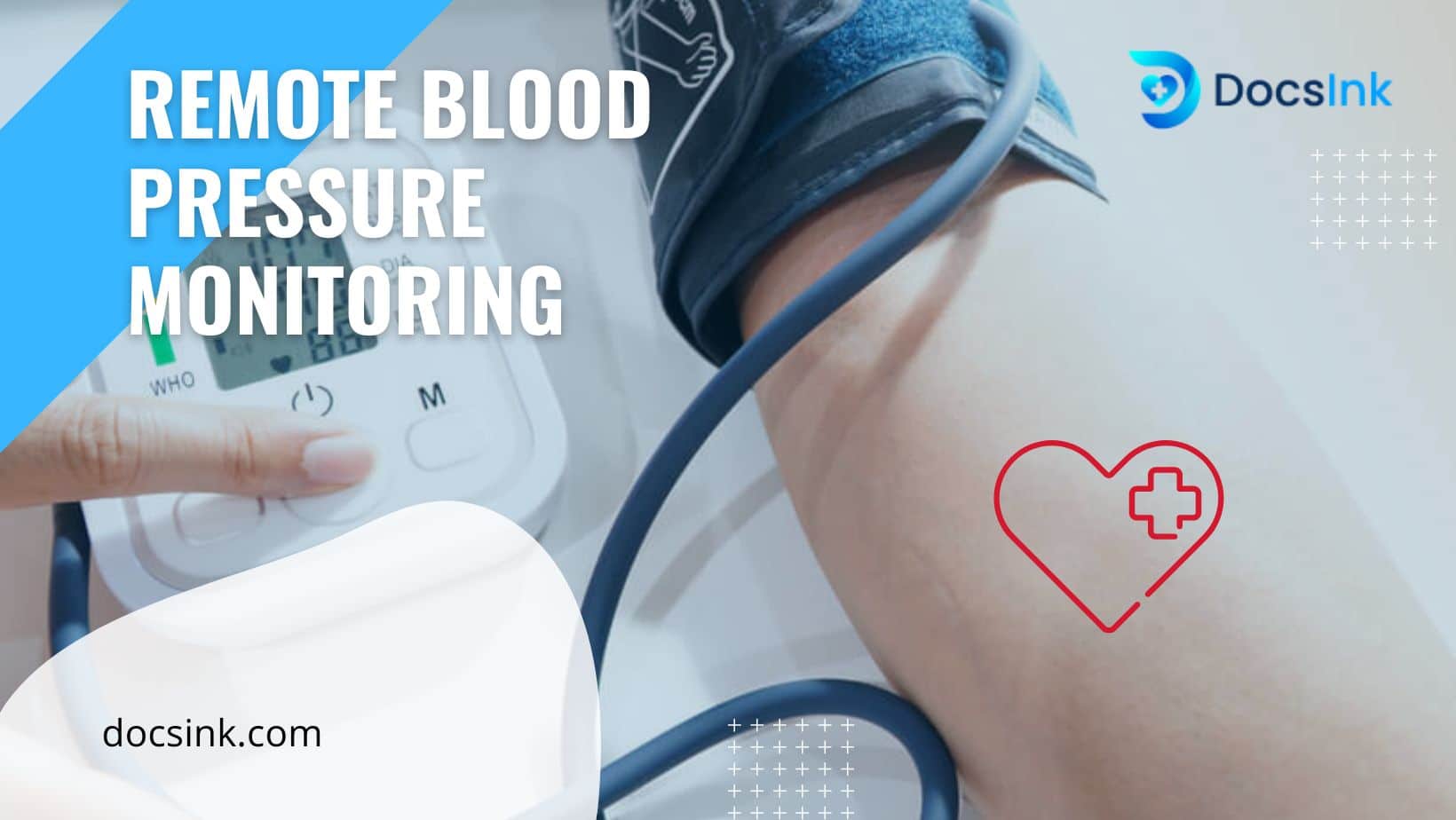
Remote Blood Pressure Monitoring
Nowadays, with our hurried lives and high levels of work pressure, heart disorders are on the rise exponentially every year, and practically every middle-aged individual has some form of heart disease. Even today, unhealthy lifestyles and encouraging artery-clogging junk foods contribute to an increasing prevalence of adolescent cardiovascular disease. When a person, whether an adult or a child, is diagnosed with a cardiac condition, they are either put on medication or a healthier diet and instructed to use their remote blood pressure monitoring devices for RPM regularly.
Keep a close eye on your “vitals” at all times, particularly as you age. Vital indicators, including blood pressure, pulse, body temperature, and breathing capacity, might alter depending on age, weight, and health. You can buy and utilise medical equipment at home to take your pulse, temperature, and blood pressure readings. The technical name for a device that measures blood pressure is a sphygmomanometer.
Remote Blood Pressure Monitoring Benefits
BP is the pressure your blood puts under as it travels across your body, pushing against the walls of your blood vessels. There are two readings: the hypertension reading, which relates to the highest pressure, and the chronic reading, which is the lowest pressure.
Blood pressure will fluctuate during the day and under various conditions, including stress, exercise, medicines, and dietary factors. One is said to have hypertension if their blood pressure is continuously high, as evidenced by readings of 130 over 90 or higher. This indicates that their arterial pressure is excessively high, which increases the risk of a heart attack or stroke.
Choose a Useful BP Monitor
The original monitoring equipment is heavy and is primarily found in hospitals, such as the sphygmomanometer. It is the tool that clinicians use to check blood pressure. The doctor secures your arm with the aid of a cuff that is inflated by a pump. He applies pressure to an artery near the elbow with a stethoscope before releasing it. Once the blood starts to rush through the vascular system, he takes the reading. A reading of 120/80 is considered appropriate for adults.
You cannot take your blood pressure using the methods described above. It would be better to pick a design you can wear all day long on your wrist or arm. However, not all of these are true. This is why it’s crucial to visit the doctor with your remote blood pressure monitoring device before you begin using it.
Arm Cuff Monitors:
An arm cuff monitor is the most precise and errorless device. It has a standard component of two different types of monitors:
- Aneroid Metre: You press a bulb to make the cuff around your upper arm snugger. You then check a gauge to see what your blood pressure is. Although they are the least priced choices, they are also the most prone to damage.
- Digital Metre: The cuff on some models can be inflated. On some, a machine completes the task for you. Your text is shown on a tiny screen. Some even provide a paper printout. They are simple to read and use.
Wrist Monitors:
They might be less precise than those that employ a cuff. That’s because your arm needs to be at heart level when taking the reading. Your numbers may be affected by other positions. But if a cuff monitor aches or if your upper arm is too big for one, they can be a decent alternative.
A monitor is available in every price range, from entry-level models for home usage to high-end multi-user models. These devices come in price ranges from $10 to $200, each connected with a particular feature set. The majority of them are entirely automated and use single-button actions. These remote blood pressure monitoring devices are essential if you care about your family’s health. Visit Us !!

Recent Comments